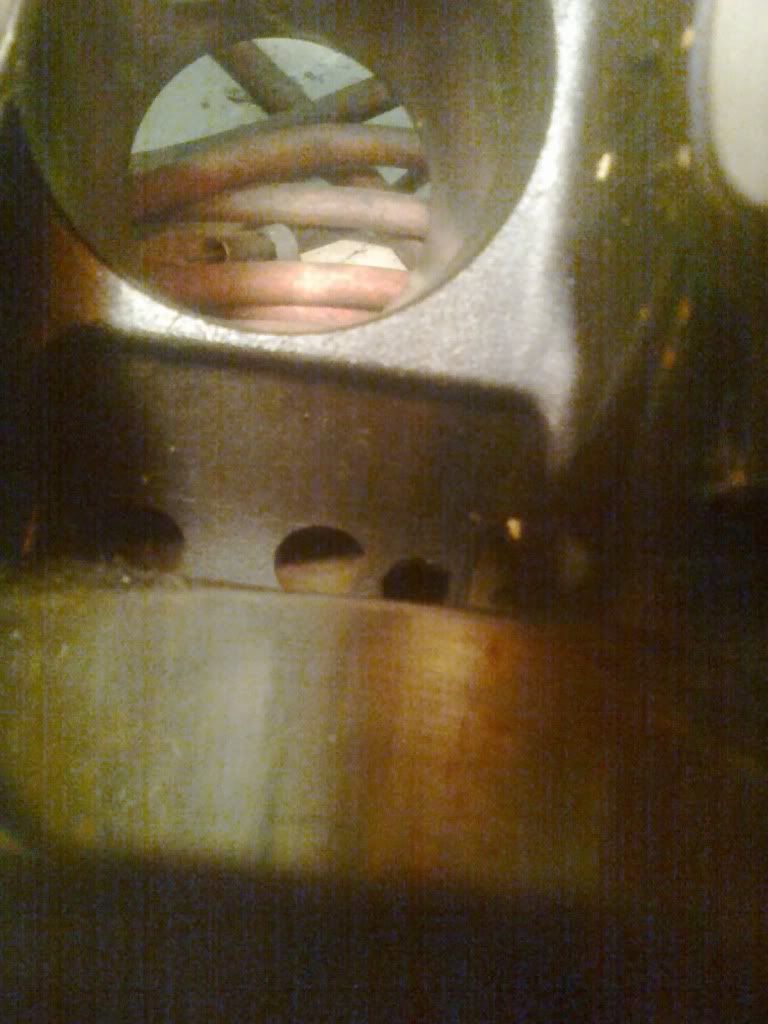I've searched extensively on this but can't seem to find an answer.
I currently have a 69 dart with a 318 (everything works blah blah..)
I want to swap in a 360 (most likely will do a 408 rebuild).
Therefore, which years of the 360/5.9 liter engines are most preferable.
And more importantly, are there years that should be avoided?
I've read conflicting write-ups and posts that certain years' blocks don't handle "refreshing/boring" well and should be avoided for rebuilds.
I've also read that LA 360s with Magnum heads are the best combo...but I don't know if that's true. I recall something with oiling passages between the block and heads being an issue though.
I'm not sure which years began the use of roller lifters...and if roller lifters really matter.
I'm building a street car that may see a track once or twice. I'd like good power, but I mostly want reliability balanced with the power.
Could someone please summarize for me if there are certain year ranges I should shop around for?
I'm kind of frustrated at this point trying to put all of the info together so that I can go shopping for a block or engine.
Thanks y'all,
Stepper
I currently have a 69 dart with a 318 (everything works blah blah..)
I want to swap in a 360 (most likely will do a 408 rebuild).
Therefore, which years of the 360/5.9 liter engines are most preferable.
And more importantly, are there years that should be avoided?
I've read conflicting write-ups and posts that certain years' blocks don't handle "refreshing/boring" well and should be avoided for rebuilds.
I've also read that LA 360s with Magnum heads are the best combo...but I don't know if that's true. I recall something with oiling passages between the block and heads being an issue though.
I'm not sure which years began the use of roller lifters...and if roller lifters really matter.
I'm building a street car that may see a track once or twice. I'd like good power, but I mostly want reliability balanced with the power.
Could someone please summarize for me if there are certain year ranges I should shop around for?
I'm kind of frustrated at this point trying to put all of the info together so that I can go shopping for a block or engine.
Thanks y'all,
Stepper

















